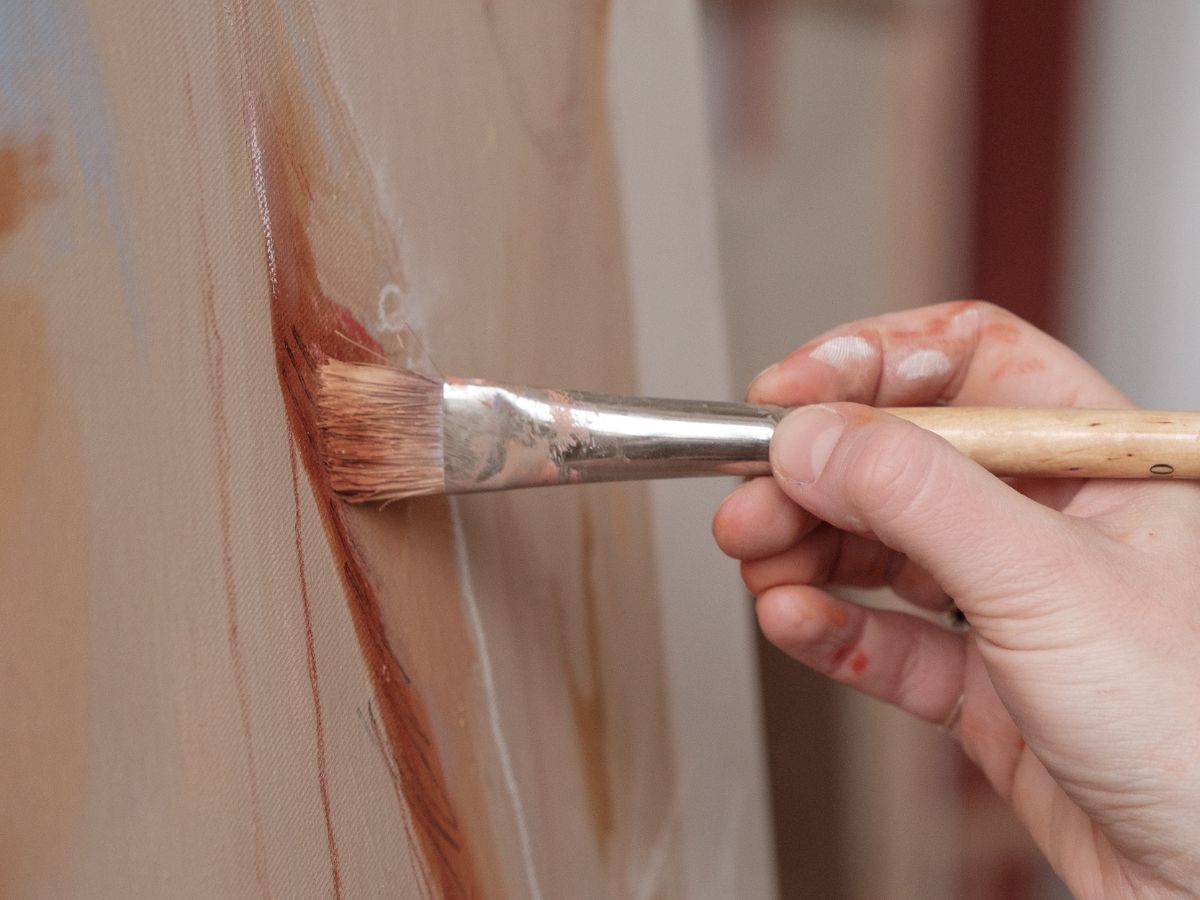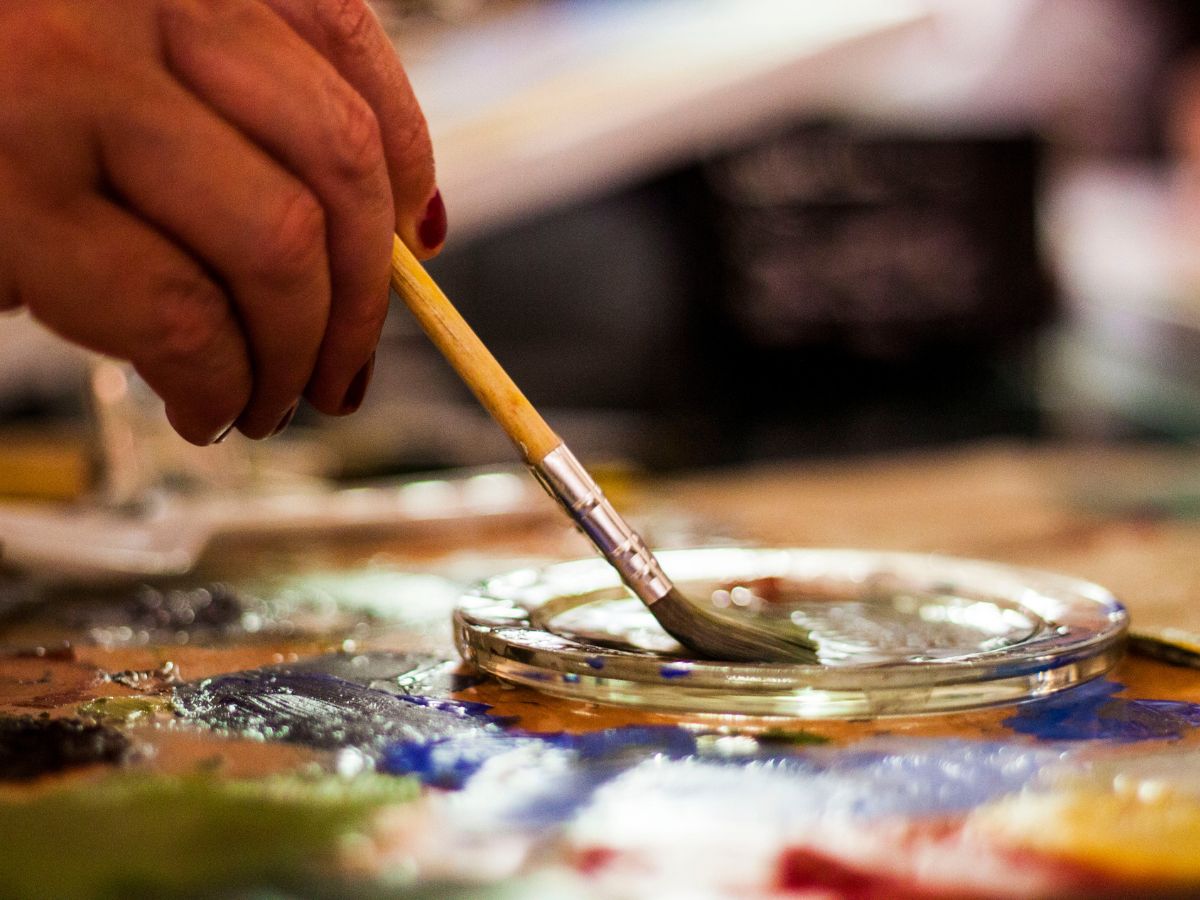
Top Mistakes Artists Make with Canvas Preparation
Preparing your canvas is a crucial step in the painting process that can significantly impact the quality and longevity of your artwork. However, many artists, both beginners and seasoned professionals, often make mistakes during this stage. Let’s explore some of the most common errors and how to avoid them.
1. Skipping the Gesso Application
Gesso serves as a primer that creates a suitable surface for paint adhesion. Many artists assume that pre-primed canvases are ready to use, but applying an additional layer of gesso can enhance the texture and ensure even paint absorption. Neglecting this step may lead to uneven paint application and diminished vibrancy.
Did you know? CanvasLot canvases are double-primed and ready to use for painting.
2. Painting on Unstretched or Poorly Stretched Canvas
Working on an unstretched or loosely stretched canvas can cause issues like paint cracking or warping over time. It’s essential to ensure your canvas is properly stretched and secured before beginning your artwork. This provides a stable surface, preventing future structural problems.

3. Ignoring the Importance of a Toned Ground
Starting on a stark white canvas can make it challenging to judge colors and values accurately. Applying a toned ground—a thin, uniform layer of color—can provide a harmonious base, making it easier to build your composition and achieve the desired tonal balance.
4. Over-Thinning Acrylic Paints with Water
While it’s common to thin acrylic paints with water, using too much can break down the binder, leading to adhesion problems and flaking. A general guideline is to avoid exceeding a 20% water-to-paint ratio. Alternatively, consider using acrylic mediums designed to thin paint without compromising its integrity.
5. Using Low-Quality Materials
Buying inexpensive canvases, brushes, or paints might be tempting, but they can adversely affect your artwork’s outcome. Low-quality canvases may not hold paint well, leading to uneven finishes. Investing in high-quality materials ensures better durability and a more professional appearance.
6. Failing to Properly Seal Wooden Panels
When working on wooden panels, it’s crucial to seal the surface before applying gesso. Unsealed wood can absorb paint unevenly, causing issues with adhesion and color consistency. Applying a clear acrylic medium before gessoing can prevent these problems and provide a suitable painting surface.
7. Not Allowing Enough Drying Time Between Layers
Rushing through the preparation stages without allowing sufficient drying time between gesso layers or paint applications can lead to peeling or cracking. Patience is key; ensure each layer is completely dry before proceeding to the next to maintain the integrity of your artwork.
8. Overlooking Surface Texture Preferences
Different artistic styles may require varying canvas textures. Ignoring this can hinder your painting technique. For instance, a smoother surface is ideal for detailed work, while a coarser texture suits more expressive styles. Tailor your canvas preparation to align with your artistic needs.
Be mindful of these common mistakes and take the time to prepare your canvas properly to set a solid foundation for your artwork. Attention to detail in the preparation stages not only enhances the painting process but also contributes to the longevity and professionalism of your finished piece.
